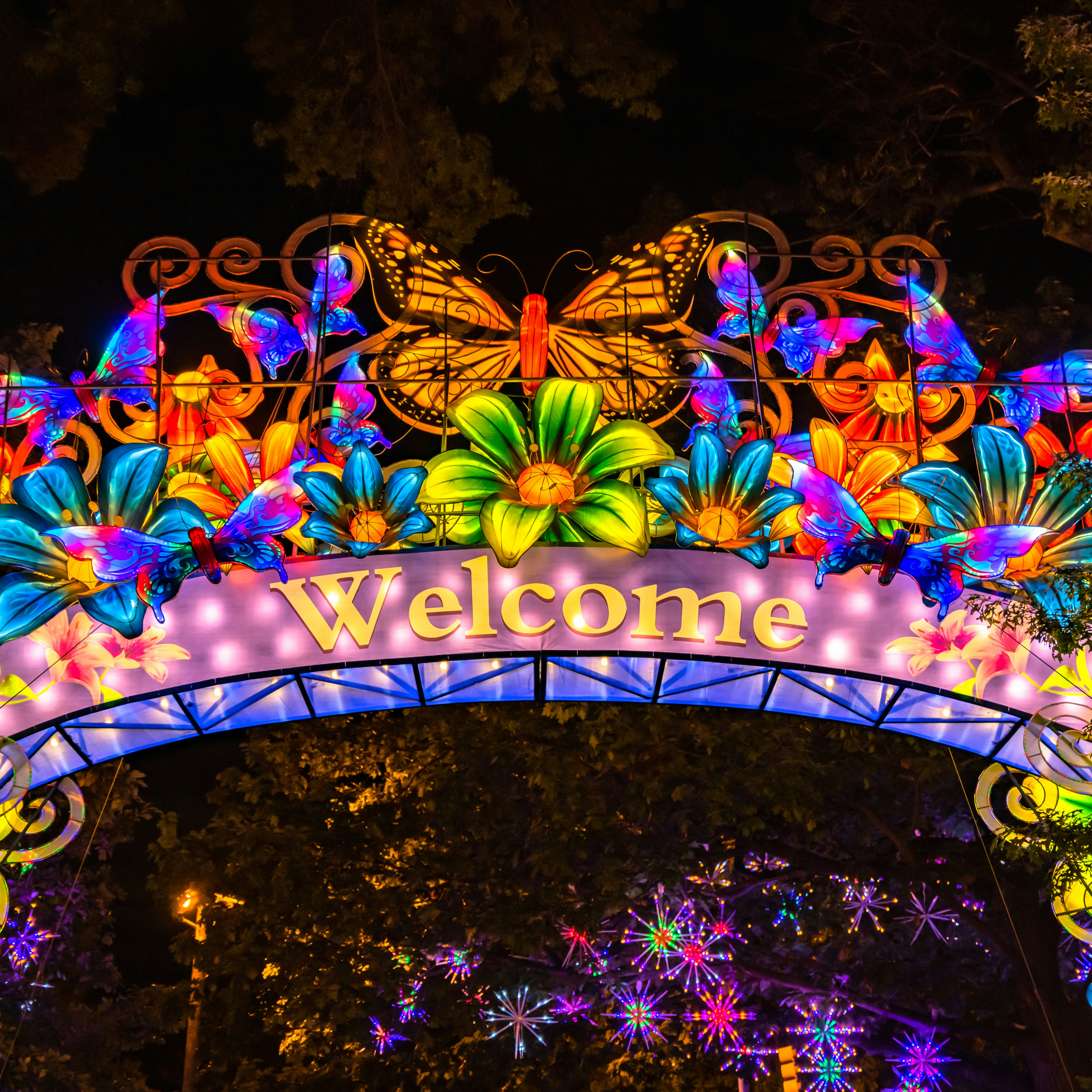

Raymond Forbes Photography / Stocksy United
Overview
Boston's history recalls revolution and transformation, and today the city is still among the country's most forward-thinking and barrier-breaking destinations.
Leave the planning to a local expert
Experience the real Boston. Let a local expert handle the planning for you.
Must-see attractions
Planning Tools
Expert guidance to help you plan your trip
Best Things to Do
From museums to sports to historic neighborhoods and great food, Boston has you covered. These are 11 of the best things to do in Boston.
Read full article
Best Time to Visit
Boston flaunts its magic all year round, with outdoor fun in summer, foliage in fall, sunshine in spring and snowy scenes in winter.
Read full article
Things to Know
From navigating the streets to understanding the social dynamics, here is everything you need to know before you visit Boston.
Read full article
Transportation
Boston is an easy-to-navigate city, from riding the T to using the city's bike-share program.
Read full article
Free Things to Do
Here’s how to see the best of this historic and lively city without spending a dime.
Read full article
Best Neighborhoods
You'll find historic sites, a vibrant art scene and architectural icons in Boston's top neighborhoods.
Read full article
Day Trips
Many of New England's best places to visit are just a day trip from Boston. These are some of our favorites.
Read full article
Money and Costs
Beantown may be expensive but you don't have to break the bank when you visit. Here are 13 tips and tricks to experience the best of Boston on a budget.
Read full article
Traveling with Kids
Boston engages kids of all ages. Here are the best things to do there as a family.
Read full article
Get a book. Get inspired. Get exploring.
in partnership with getyourguide















